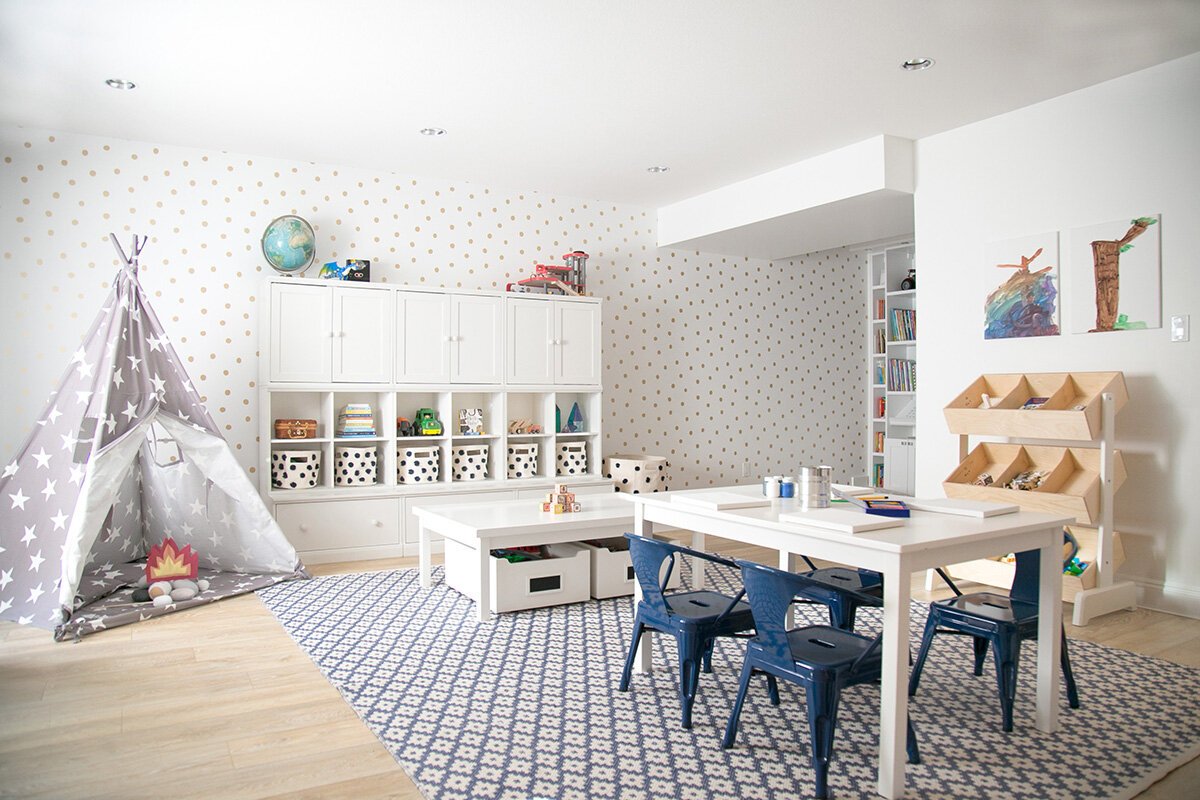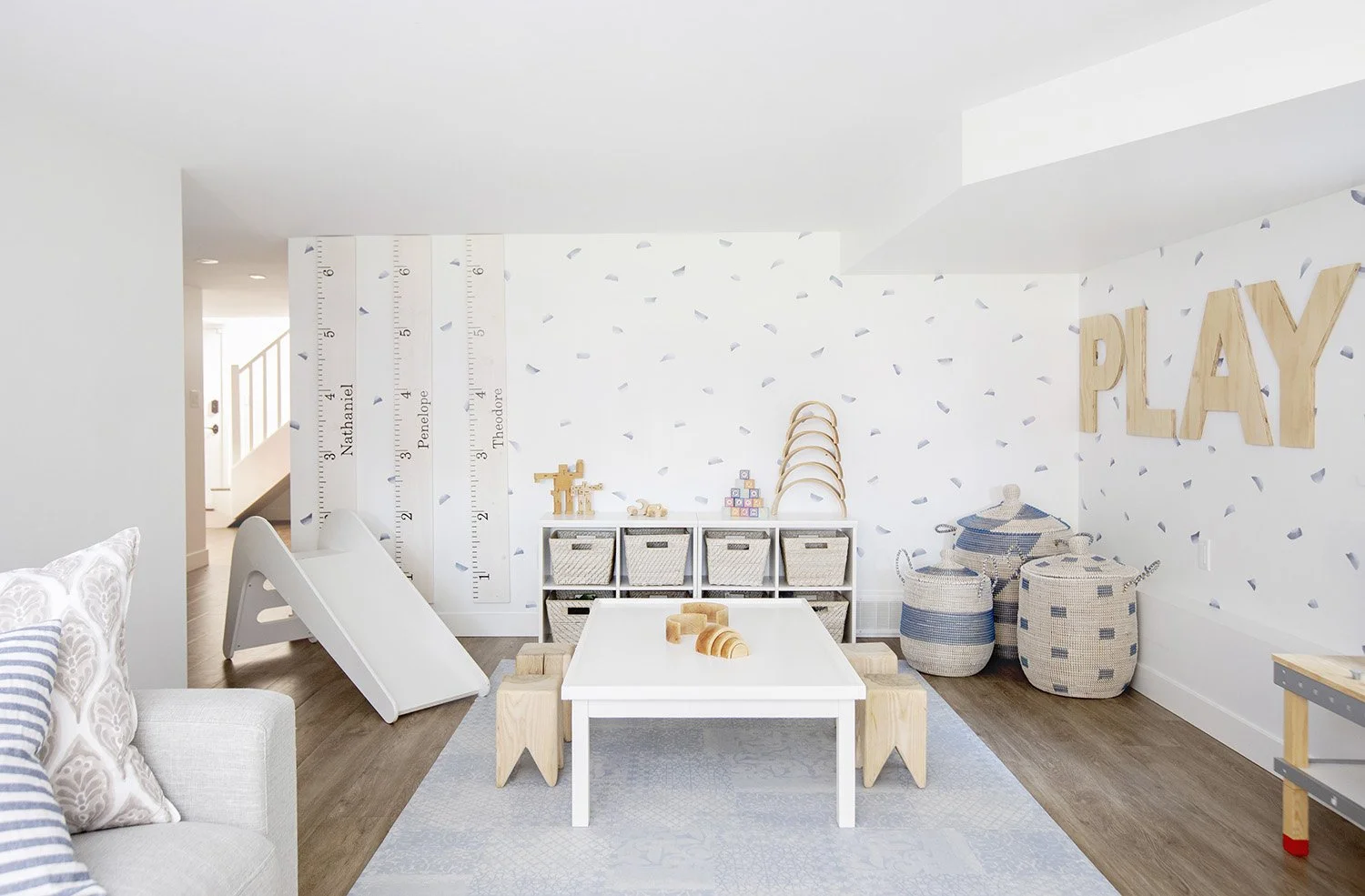How to Create a Playroom That Grows with Your Children
Introduction
Designing a playroom that can adapt and grow with your children is a smart investment for any family. A well-thought-out playroom can provide a safe, engaging space for kids of all ages, offering opportunities for play, creativity, and learning. Here are some essential tips on how to create a versatile playroom that meets the changing needs of your children as they grow.
1. Flexible Furniture Choices
Choosing the right furniture is crucial for creating a playroom that can evolve over time.
Multi-Functional Pieces: Invest in furniture that can serve multiple purposes, such as a storage ottoman that doubles as seating or a table that can be used for crafts and homework. This adaptability allows the space to transition with your child's changing interests.
Adjustable Height Desks: As your child grows, consider desks and tables that can be adjusted in height. This allows the furniture to be used comfortably from toddlerhood through their teenage years.
Lightweight and Mobile: Opt for lightweight furniture that can be easily moved around. This flexibility allows for quick reconfiguration of the room based on your child's current activities or play preferences.
2. Zoning the Space
Creating designated zones within the playroom can help organize activities and encourage different types of play.
Activity Zones: Consider setting up distinct areas for different activities, such as a reading nook, an arts and crafts station, and a space for toys or games. This encourages children to engage in various types of play and keeps the space organized.
Clear Boundaries: Use rugs or furniture arrangement to delineate different zones. For example, a soft rug can define a reading area, while a table can mark the arts and crafts zone.
Easy Transition: As your children grow, you can easily modify these zones to suit their evolving interests, such as transitioning from a play kitchen to a homework area.
3. Incorporate Storage Solutions
Adequate storage is essential for keeping the playroom organized and functional.
Built-In Shelves: Consider built-in shelving units to store books, toys, and games. Open shelving makes it easy for children to access items and encourages them to help with organization.
Baskets and Bins: Use decorative baskets or bins to store smaller items. Labeling storage containers can help children learn to put things away and keep the space tidy.
Flexible Storage: Use furniture with integrated storage, such as benches or tables with drawers, to maximize space while keeping essentials close at hand.
4. Personalized Decor and Themes
Creating a personalized and inviting atmosphere can make the playroom a favorite space for your children.
Wall Colors and Themes: Choose colors and themes that reflect your child's personality and interests. Consider using removable wallpaper or decals that can be easily changed as their tastes evolve.
Artwork and Displays: Encourage creativity by displaying their artwork on the walls. You can use frames or clipboards to create a rotating gallery that showcases their latest masterpieces.
Interactive Elements: Incorporate elements like chalkboard walls or magnetic boards that allow for interactive play and creativity. These features can be engaging for younger children and continue to be useful as they grow.
FAQs
Q: How much space do I need for a playroom?
A: While the ideal size can vary, a playroom should ideally be at least 100 square feet to allow for different activity zones and adequate storage.
Q: What are some budget-friendly options for playroom furniture?
A: Consider secondhand furniture, DIY projects, or multifunctional pieces that maximize value without compromising quality.
Q: How can I ensure the playroom is safe for younger children?
A: Use non-toxic materials, secure heavy furniture to the walls, and choose child-friendly furnishings with rounded edges to minimize hazards.
Q: Can I create a playroom in a small space?
A: Yes! Utilize vertical storage, foldable furniture, and multi-functional spaces to make the most of a smaller area.
Q: How often should I update the playroom decor?
A: As your child’s interests change, consider updating the decor every couple of years or as needed to keep the space fresh and engaging.
Conclusion
Creating a playroom that grows with your children requires thoughtful planning and flexibility. By choosing adaptable furniture, zoning the space for various activities, incorporating effective storage solutions, and personalizing the decor, you can design a playroom that remains functional, engaging, and enjoyable throughout your child’s developmental stages. This investment not only enhances your home but also fosters creativity, learning, and family bonding.
Ready to create the perfect playroom that adapts to your children's needs? As trusted contractors in the Bay Area, we’re here to assist you at every step of your room addition journey. Whether you’re in San Francisco, Sunnyvale, or Santa Clara, your dream space is just a call away. Contact us today for a free consultation, and let’s create the ideal playroom for your home!







